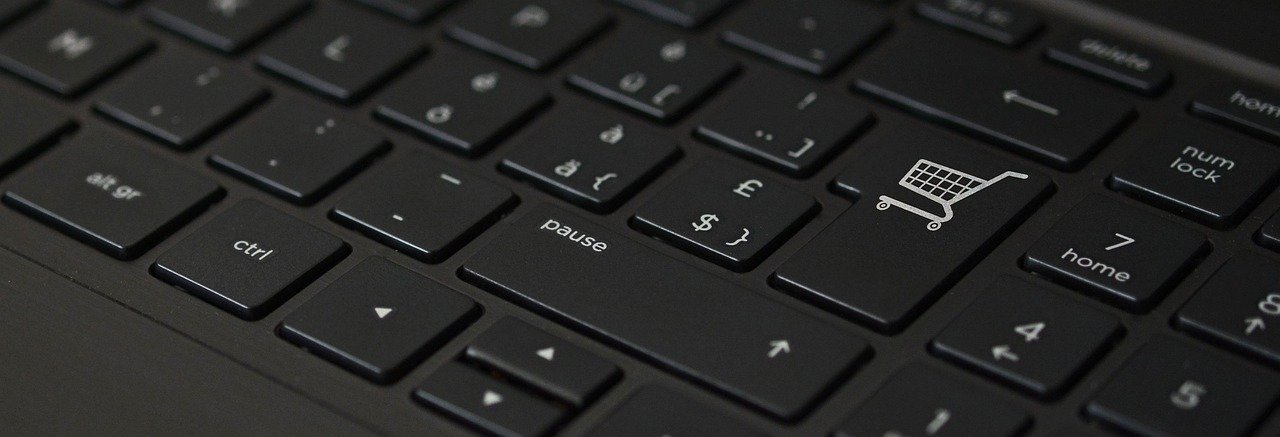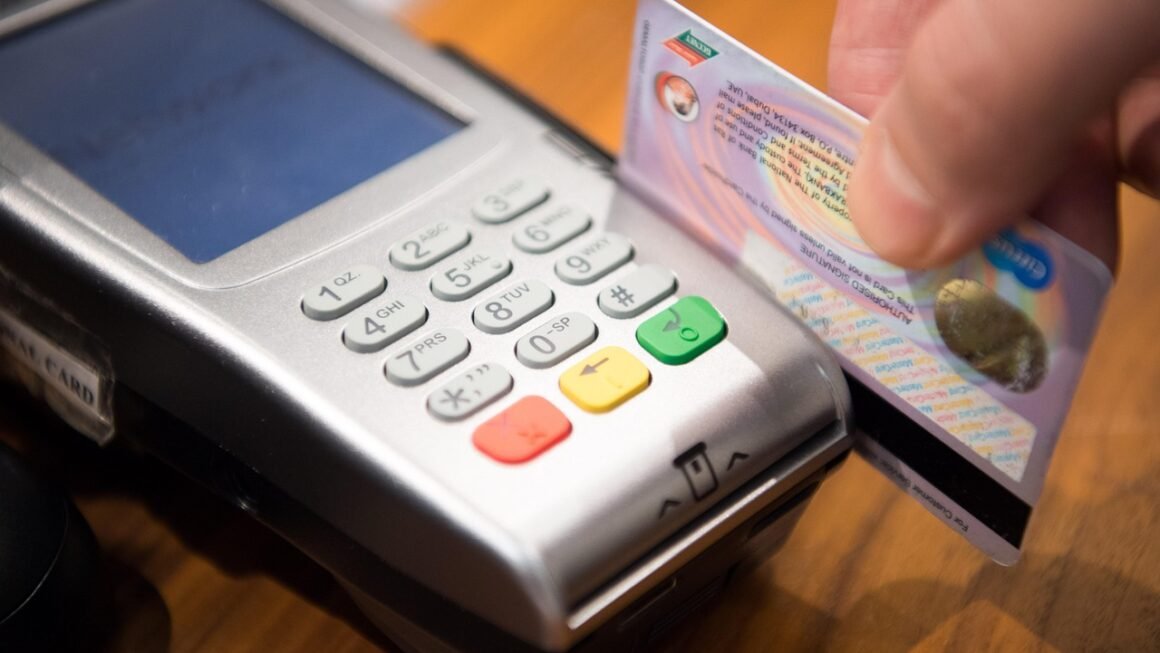Shopping online should be an exciting experience, filled with anticipation for the goodies you’re about to receive. But that excitement can quickly turn to anxiety if you’re not confident that your personal and financial information is safe during the checkout process. A secure checkout experience isn’t just a nice-to-have; it’s a fundamental expectation for online shoppers and a crucial element for building trust and fostering long-term customer relationships. Let’s explore what makes a checkout secure and what you can do to ensure your online transactions are protected.
Understanding the Fundamentals of Secure Checkout
What is a Secure Checkout?
A secure checkout refers to the measures implemented on a website or e-commerce platform to protect sensitive customer data during the payment processing phase. This data includes credit card numbers, bank account details, addresses, and other personally identifiable information (PII). A secure checkout ensures that this information is transmitted and stored safely, preventing unauthorized access and potential fraud.
Why is Secure Checkout Important?
- Protects Customer Data: Prevents sensitive information from falling into the wrong hands, mitigating the risk of identity theft and financial fraud.
- Builds Customer Trust: Shows customers that you value their security, fostering a positive brand image and encouraging repeat business.
- Maintains Legal Compliance: Adhering to security standards like PCI DSS is often a legal requirement for businesses that process credit card payments.
- Reduces Chargebacks and Fraud: Implementing secure checkout practices helps prevent fraudulent transactions, reducing the risk of chargebacks and associated fees.
- Enhances Brand Reputation: A reputation for security attracts and retains customers, giving you a competitive edge in the marketplace.
Key Components of a Secure Checkout
- SSL/TLS Encryption: Ensures that data transmitted between the customer’s browser and the website’s server is encrypted and protected from eavesdropping.
- PCI DSS Compliance: Adhering to the Payment Card Industry Data Security Standard (PCI DSS) demonstrates a commitment to protecting cardholder data.
- Address Verification System (AVS): Verifies the billing address provided by the customer with the address on file with the credit card issuer.
- Card Verification Value (CVV): Requires customers to enter the CVV code printed on their credit card, providing an additional layer of security.
- Fraud Detection Systems: Utilizes algorithms and databases to identify and flag potentially fraudulent transactions.
Essential Security Measures for Online Checkouts
SSL/TLS Certificates
SSL (Secure Sockets Layer) and its successor, TLS (Transport Layer Security), are protocols that encrypt the data transmitted between a web server and a browser. Look for the padlock icon in your browser’s address bar and “https://” in the URL to confirm that a website is using SSL/TLS. This encryption prevents hackers from intercepting sensitive information, such as credit card numbers and passwords.
- Example: Before entering any personal information on a website, verify that the URL starts with “https://” and that the padlock icon is visible. If the site uses “http://” without the “s,” it’s not using SSL/TLS encryption, and your data might be vulnerable.
PCI DSS Compliance
The Payment Card Industry Data Security Standard (PCI DSS) is a set of security standards designed to protect cardholder data. Businesses that accept, process, store, or transmit credit card information must comply with PCI DSS. Compliance involves implementing various security controls, such as firewalls, intrusion detection systems, and regular security audits.
- Example: Look for a statement on the website indicating that they are PCI DSS compliant. This shows that they have taken the necessary steps to secure your credit card information. Many payment gateways offer PCI DSS compliant solutions.
Two-Factor Authentication (2FA)
Two-factor authentication (2FA) adds an extra layer of security by requiring users to provide two different factors to verify their identity. This could be something they know (password), something they have (a code sent to their phone), or something they are (biometric data).
- Example: When creating an account on an e-commerce website, enable 2FA if it’s offered. This means that even if someone obtains your password, they still won’t be able to access your account without the second factor of authentication.
Address Verification System (AVS) and Card Verification Value (CVV)
The Address Verification System (AVS) compares the billing address entered by the customer with the address on file with the credit card issuer. The Card Verification Value (CVV) is the three or four-digit code printed on the back of the credit card. Both AVS and CVV help prevent fraudulent transactions by verifying that the person making the purchase is the authorized cardholder.
- Example: A checkout process should require both the billing address and the CVV code to complete the transaction. If either of these fails to match, the transaction may be flagged for review or declined.
Recognizing Secure Checkout Indicators
Padlock Icon and “https://”
The presence of a padlock icon in the browser’s address bar and “https://” at the beginning of the URL are clear indicators that a website is using SSL/TLS encryption. This means that the data transmitted between your browser and the website’s server is encrypted and protected from eavesdropping.
- Actionable Takeaway: Always check for the padlock icon and “https://” before entering any personal information on a website.
Trust Seals and Security Badges
Many websites display trust seals or security badges from reputable security providers, such as Norton Secured, McAfee Secure, or Trustwave. These seals indicate that the website has been vetted and certified by the security provider.
- Actionable Takeaway: While trust seals are not a guarantee of security, they can provide an additional layer of confidence. Click on the seal to verify its authenticity and to learn more about the website’s security practices.
Privacy Policy and Terms of Service
A reputable website should have a clear and easily accessible privacy policy and terms of service. These documents outline how the website collects, uses, and protects your personal information.
- Actionable Takeaway: Review the privacy policy and terms of service to understand how your data will be used and protected. Look for information about data encryption, storage, and sharing practices.
Secure Payment Gateway Logos
Websites often display the logos of secure payment gateways that they use to process transactions, such as PayPal, Stripe, or Authorize.net. These payment gateways have robust security measures in place to protect your financial information.
- Actionable Takeaway: If you see the logos of well-known and trusted payment gateways, it’s a good sign that the website is taking security seriously.
Practical Tips for Staying Safe During Online Checkout
Use Strong and Unique Passwords
Create strong, unique passwords for your online accounts, and avoid using the same password for multiple accounts. A strong password should be at least 12 characters long and include a mix of uppercase and lowercase letters, numbers, and symbols.
- Example: Instead of using “password123” for all your accounts, create a unique password for each account, such as “S@f3P@sswOrd!” for your email account and “Str0ngP@sswOrd!” for your e-commerce account. Consider using a password manager to securely store and manage your passwords.
Be Wary of Phishing Scams
Phishing scams are fraudulent emails or websites that attempt to trick you into providing personal information, such as usernames, passwords, and credit card numbers. Be wary of suspicious emails or websites that ask for your personal information, and never click on links from unknown sources.
- Example: If you receive an email that appears to be from your bank or credit card company asking you to verify your account information, don’t click on the link in the email. Instead, go directly to the bank or credit card company’s website by typing the URL into your browser.
Keep Your Software Up to Date
Keep your operating system, browser, and antivirus software up to date. Software updates often include security patches that fix vulnerabilities that could be exploited by hackers.
- Example: Enable automatic updates for your operating system, browser, and antivirus software to ensure that you always have the latest security patches.
Monitor Your Bank and Credit Card Statements
Regularly monitor your bank and credit card statements for unauthorized transactions. If you see any suspicious activity, report it to your bank or credit card company immediately.
- Example: Set up transaction alerts for your bank and credit card accounts. This way, you’ll receive a notification every time a transaction is made, allowing you to quickly identify and report any unauthorized activity.
Use a Virtual Credit Card Number
Some credit card companies offer virtual credit card numbers, which are temporary credit card numbers that you can use for online purchases. Virtual credit card numbers are linked to your real credit card account but have a different number and expiration date. This helps protect your real credit card number from being compromised if a website is hacked.
- Example: Before making a purchase on a website that you’re not familiar with, generate a virtual credit card number from your credit card company and use it for the transaction. This way, even if the website is compromised, your real credit card number will remain safe.
Conclusion
A secure checkout process is critical for building trust with customers and protecting their sensitive information. By understanding the key components of a secure checkout, recognizing the indicators of a secure website, and following practical tips for staying safe during online transactions, you can confidently shop online and minimize the risk of fraud. Remember, a little vigilance goes a long way in safeguarding your financial information and enjoying a worry-free online shopping experience.



